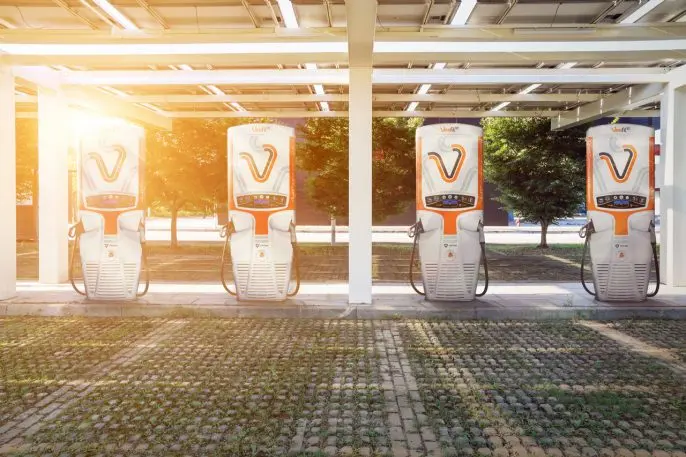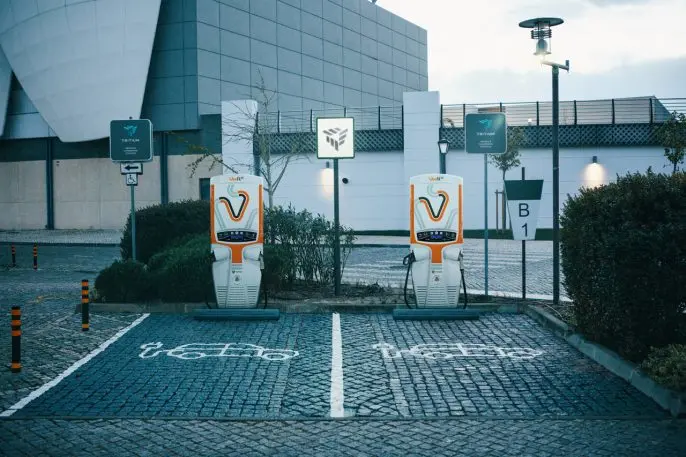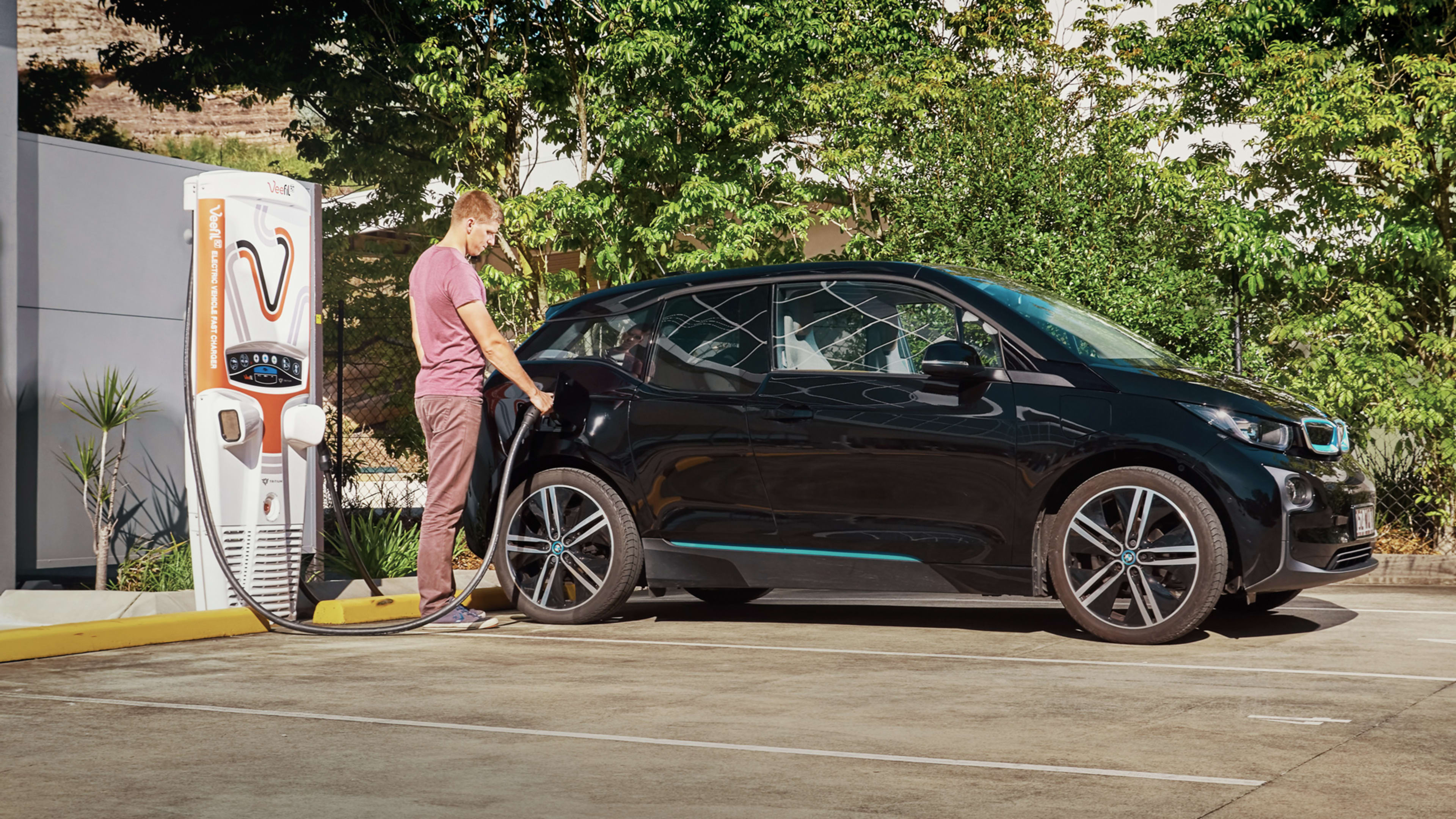In the not-too-distant future, your local gas station may have chargers for electric cars near the gas pumps. Gilbarco Veeder-Root–one of the largest suppliers of fuel dispensers to gas stations–just invested in Tritium, an electric vehicle charging company.
In part, it’s a response to quickly growing demand. “Even Tesla is facing challenges now with the introduction of the Model 3 and the number of vehicles rising quite dramatically–just not having enough charging bays,” says David Finn, Tritium’s CEO and founder. “How do you fulfill that going forward?”
More electric cars sold in the U.S. in 2017 than ever before, and 2018 is on track to break that record. Tesla’s Model 3 is the best-selling car, by revenue, in the country. In China last year, drivers bought nearly four times more electric cars than U.S. drivers. In Norway, electric cars and hybrids made up more than half of all vehicle sales. Overall, 40% of Europeans say their next car will be electric.

“People don’t understand what an EV can do and how they can use it,” says Finn. “Once they see infrastructure there it raises eyebrows–I can go in and fill this up just as easily as I can my gas-powered vehicle. I think actually seeing them there is going to be a big piece of the puzzle.”
Tritium makes a high-power charger that can fully charge a car in five to 10 minutes. “That charges you up for the week, or maybe even two weeks of driving,” he says. “It does become really analogous to how people refuel their gas-powered cars now.” At the moment, most electric car owners charge at home. But apartment dwellers may not have that option, and others may use their garages for storage. Others may be worried about the prospect of a longer road trip. “Trying to change their behavior just to buy an EV is probably a bit difficult,” Finn says. “So this is a good opportunity to not have to change behavior.”

To some extent, that network is growing: Electrify America, a program launched out of Volkswagen’s Dieselgate scandal, is investing $2 billion to build 2,000 high-speed chargers and run an ad campaign. California, New York, and New Jersey, collectively, are spending $1.3 billion to build more charging infrastructure. “Much more infrastructure will be needed to support the growing electric vehicle market, and although the problem can be daunting, we’re encouraged to see governments, utilities, and other companies working to accelerate construction and reduce costs,” Hall says.
Tritium, which launched its first fast charger in 2014, now has chargers in 26 countries. It’s supplying 100 chargers to the Ionity network, a network of 400 ultra-fast charging stations, each with around six chargers, along European roads. The project is run jointly by BMW, Daimler, Ford, and Volkswagen. “That’s the sort of network that we really do need to have to enable this mass-market adoption,” says Finn. In the U.S., the startup has supplied charging stations to ChargePoint. But the new investment from Gilbarco Veeder-Reed will help it expand faster. Finn says that the company is now in early conversations with convenience stores, who will likely begin placing the chargers in parking spaces next to the store rather in the main bay with gas pumps. Eventually, the company may expand to India and China–both countries that aim to move away from gas-powered cars. India plans to allow only electric and hybrid car sales by 2030; China banned the production of hundreds of polluting cars this year. (Denmark, France, the U.K., and Norway also plan to phase out gas and diesel-powered cars.)
Still, don’t expect gas pumps to disappear soon. “Even if 100% of new vehicles were electric, it still would take 10-15 years to start to move the full fleet over,” Finn says. “We’re not going to get to 100% in the short term. There is definitely a parallel play for a while. That’s why Gilbarco are very interested in this, and they think there’s time to play in both spaces and be able to provide both solutions to their customers.”
Recognize your brand’s excellence by applying to this year’s Brands That Matter Awards before the early-rate deadline, May 3.
